Team

Martin Barisits is a CERN staff member and since 2017 the project leader for the scientific data management system Rucio. In his role he focuses on the evolution of the software architecture to meet the needs of ATLAS data taking during HL-LHC, as well as the needs of other scientific experiments using Rucio. An ATLAS member for more than 10 years, he worked in ATLAS computing in different roles, where he focused on leading the design and development of distributed systems. He is one of the architects of the distributed data management system Rucio. Martin holds a PhD degree in computer science and a MSc degree in computational intelligence, both from the Vienna University of Technology.

Mario Lassnig has been working as a Software Engineer for CERN since 2006. Within the ATLAS Experiment he leads the global data management activity and is one of the architects and core team members of the Rucio project. In his previous life he developed mobile navigation software for public transport systems as well as cryptographic smartcard applications. In his spare time he sends satellites into space. Mario holds a PhD in computer science from the University of Innsbruck and a Master's degree in computer science from the University of Klagenfurt.
Cedric Serfon
Cédric Serfon works for Brookhaven National Laboratory and over time had different roles in the ATLAS and Belle II experiments. Currently he's deputy computing coordinator of Belle II. He is one of the architects and core team members of the Rucio project since 2012. Cédric holds a PhD in High Energy Physics from the Universitée de la Méditerranée, a MSc in Mathematical Physics, High Energy Physics and Modelisation as well as an engineer degree from Ecole Nationale de Physique de Marseille.
Eric Vaandering

Dimitrios first arrived at CERN in 2016 as a summer student. He joined the ATLAS Distributed Data Management Operations team in 2018, eventually becoming its coordinator. He has since transitioned to more development-focused role, spearheading the token workflow effort in Rucio. Dimitrios holds a diploma in Computer Engineering and Informatics from the University of Patras, Greece.

James Perry
James Perry is a software architect at EPCC, the University of Edinburgh's high performance computing centre. He has several years of experience working on data management for particle physics experiments, initially UKQCD and now DUNE. He holds a BEng degree in Computing and Electronics. Since joining the Rucio team in 2018, James has improved Rucio's support for object stores and also implemented the policy package system.

Mayank is an Electronics Engineer by education and a Software Engineer by passion. He started working as a fellow for the Worldwide LHC Computing Grid in 2017 and architected a private PaaS for the WLCG called the SIMPLE Framework. He introduced the Integration Testing framework in Rucio and is the component lead for WebUI, Monitoring and Logging, Traces and Testing.

Rob is a data operations scientist at SKAO, working on assessing the suitability of existing data management, processing and visualisation technologies for an intercontinental network of regional centres. He is interested in expanding Rucio's functionality to better fit astronomy use cases, in particular the handling of metadata. He holds a PhD in Astronomical Instrumentation from Liverpool John Moores University and an MSc in Astrophysics from Liverpool University.
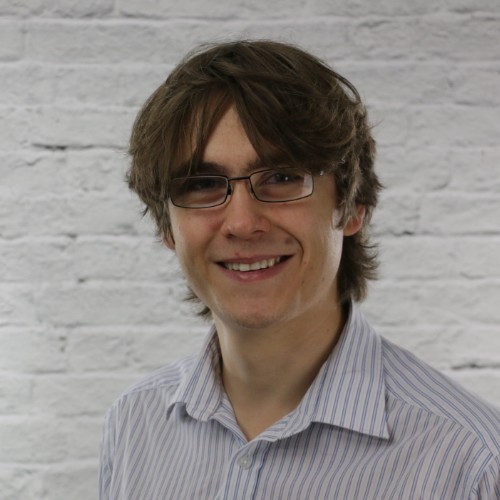
Timothy Noble is a Research Software Engineer working for the Science and Technology Facilities Council (STFC) at the Rutherford Appleton Laboratory (RAL).Tim holds a PhD in Biomedical Sciene and has transitioned to scientific computing in 2021 through the PhD conversion scheme. Tim is now keen on working to ensure the PhD conversion scheme is continued for more people to get the opportunity. Tim has been the Multi-VO component lead since 2022, and he has an interest in developing Multi-VO Rucio, improving access to Rucio monitoing for experiments, and investigating newsotrage technologies and how best to utilise them using Rucio. Tim also working with the LSST experiement as the RAL liaison, and the Rucio monitoring expert.
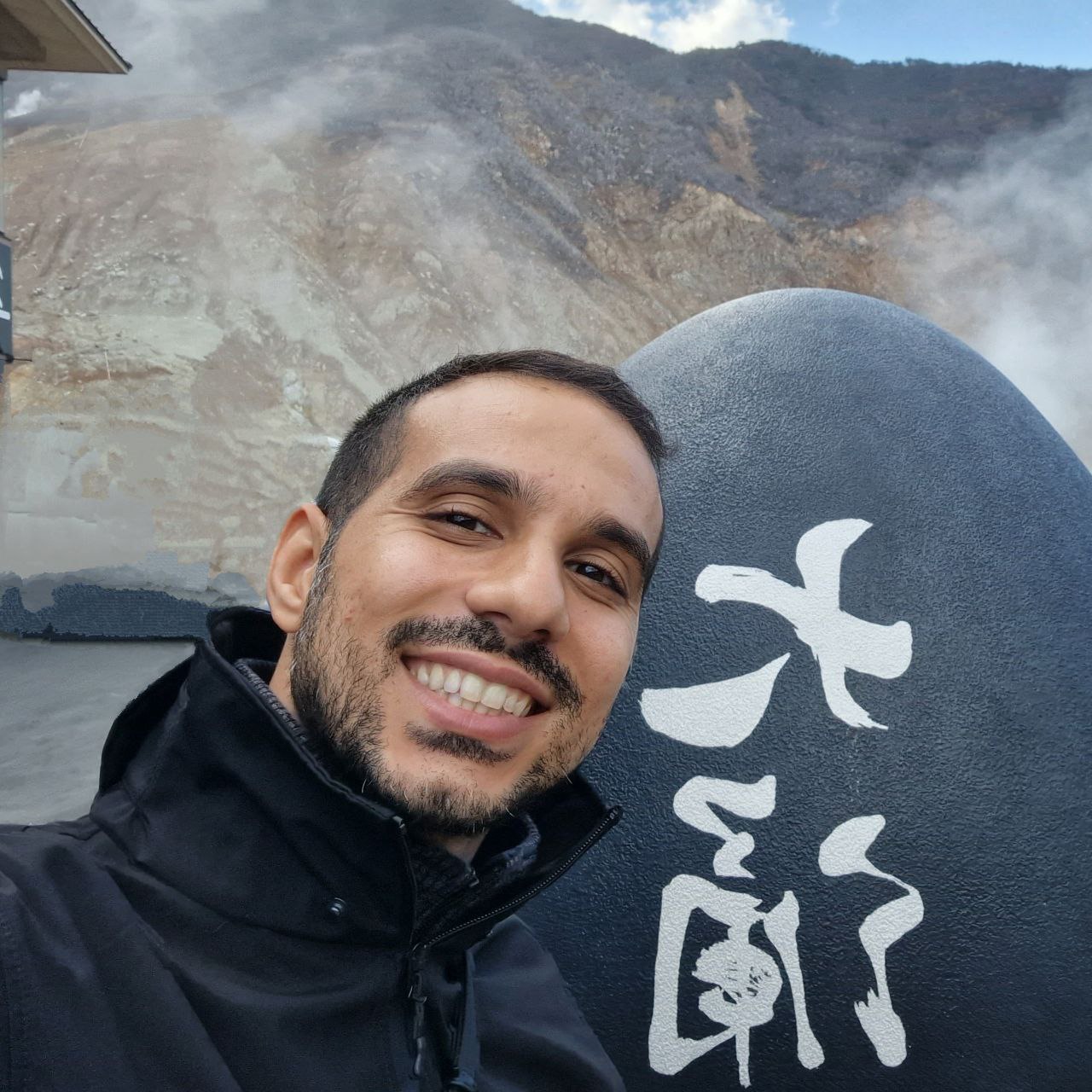
Fabio began his journey with the ATLAS Distributed Computing group in 2021. Progressively taking the lead of Operations within the Distributed Data Management team, his contributions to Rucio focus on the storage consistency-checks component and integration efforts. Prior experiences include the development of the Kubernetes CI/CD framework, the client-server protobuf integration and the release-cycle workflow of tagged releases for the EOS storage service at CERN.
Francesc holds a degree in Mathematics and works as a Software Engineer at PIC since 2016. After some years of full-time commitment to ESA's Euclid mission, he gradually shifted his duties to the development and maintenance of common tools for data analysis. Given the importance of jupyterlab and Rucio in PIC's services portfolio, contributing to the rucio-juptyerlab extension was a logical step.

Maggie is an AI Researcher at Fermi National Accelerator Laboratory, holding degrees in physics and mathematics with a focus on computational physics from Michigan State University. After joining the rucio core team in late 2023, they focus on Client operations and maintaining documentation. Their previous work focuses on scientific software for AI development and explainability, and database engineering for commercial enterprises.
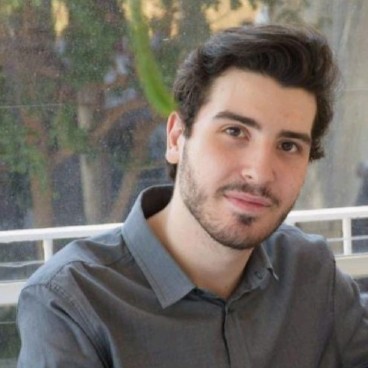
Riccardo is a software engineer at CERN, joining in 2024 as part of the EP-ADP-CO group. Before CERN, he was working in Dublin as a system development engineer for Amazon Web Services. Riccardo holds a Master's degree in Electronic and Computer Engineering from the University of Nottingham.

Alexander Richards
Alexander Richards is a Software Engineer working at Imperial College London. He joined the project in 2024 and before that had been working on software projects for other High Energy Physics experiments. He holds a PhD in Physics from University College London.
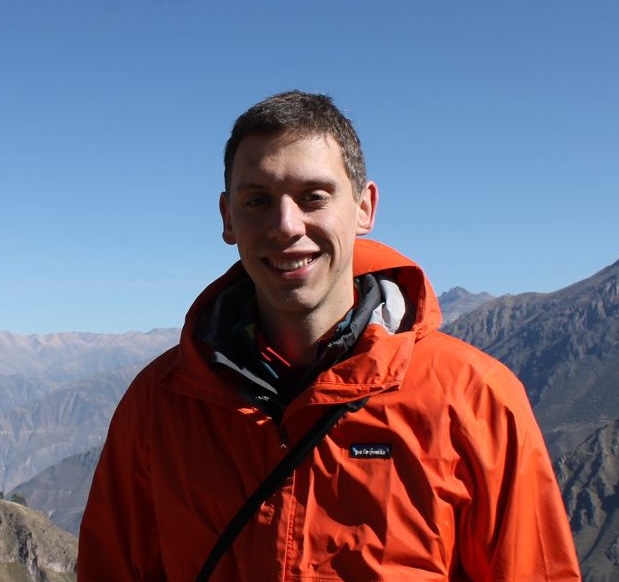
Giovanni Guerrieri is a physicist working at CERN, focusing on Distributed Data Management systems, Analysis Facilities, and Open Science. He joined the Rucio project in 2024. He's also involved in various European initiatives, such as the ESCAPE Collaboration, the OSCARS project, and EOSC. He holds a PhD in particle physics from the University of Trieste.
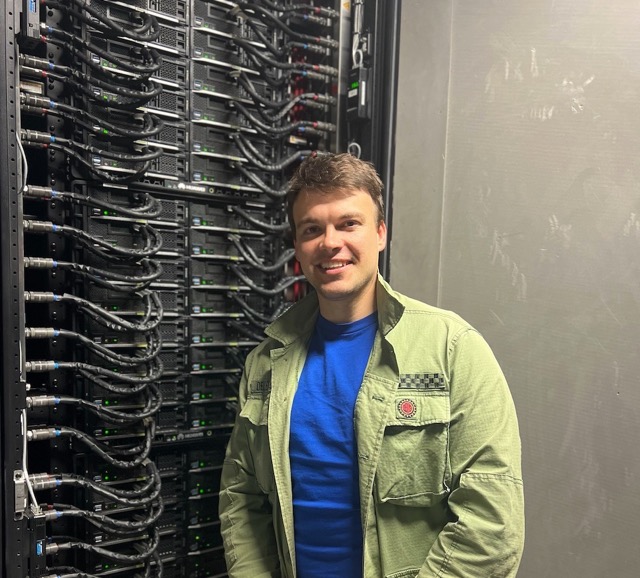
Hugo González Labrador is a Storage Engineer who has been working on large distributed tape and disk storage systems since he joined CERN in 2013. Prior to his time at CERN, he developed ground-station software for the HumSAT ESA project. Hugo is a strong advocate for open-source technologies, with Go being his favorite programming language. He co-organized the largest Go hackathon in the world. In 2024, Hugo joined the Rucio development team and is part of the data management teams of both ATLAS and CMS experiments. His goal is to streamline best practices and promote the adoption of Rucio among other experiments. In his spare time, Hugo enjoys technical diving in cold lakes and restoring classic cars. He holds an MSc in Computer Engineering from the University of Vigo.
Guilherme Lima
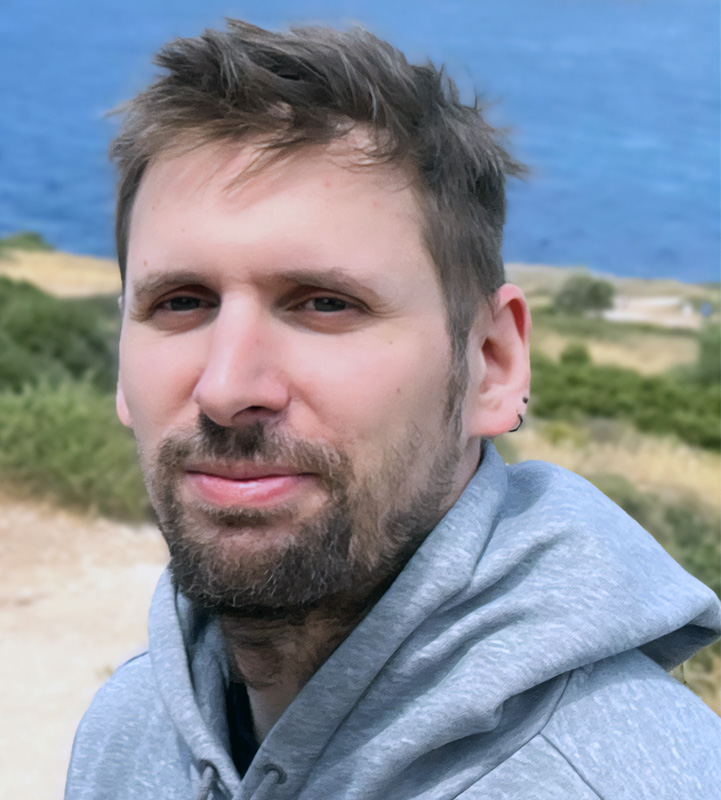
Dimitris, a PhD candidate in computer science at the University of Bern and MSc geomatics engineer from TU Delft, joined CERN in June 2024 to enhance Rucio. As part of the DaFab AI project, Dimitris will extend Rucio’s capabilities to support Earth Observation data, marking its expansion beyond high-energy physics data. This entails new metadata capabilities for Rucio along with enhanced discovery mechanisms. In this role, Dimitris becomes a lead deputy for the Metadata component and lead for Rucio's Database. In his spare time, you might find Dimitri exploring new horizons on his motorcycle.

Max is a physicist working for the Cherenkov Telescope Array Observatory (CTAO) ERIC as the Lead Developer of the Data Processing and Preservation System. He joined the Rucio project in 2025, working on the integration with the DIRAC workflow management system and support of hierarchical namespaces. Max holds a PhD in Physics from TU Dortmund University and previously worked mostly on the analysis pipelines for Imaging Air Cherenkov Telescopes (FACT, MAGIC, LST-1, CTAO).
Former Team members
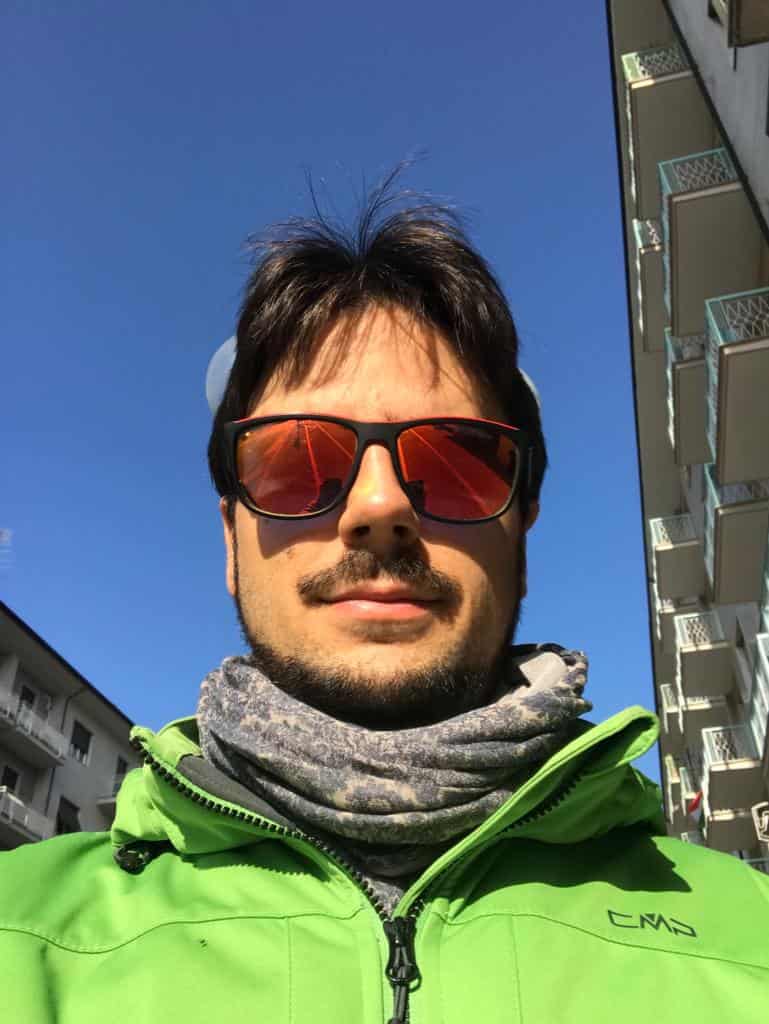
Gabriele Fronzé
Gabriele is an Italian researcher at INFN and a CERN user since 2016. Gabriele holds since 2018 a PhD in Physics from Università degli Studi di Torino (IT) and IMT Atlantique Nantes (FR). As part of the LIGO-Virgo-KAGRA collaboration he developed the per-RSE checksum mapping, the Rucio FUSE-POSIX module and is currently working on an extended metadata filtering syntax called inequality engine.
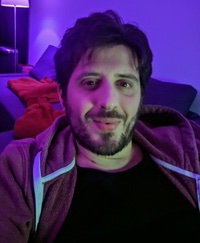
Rizart Dona
Rizart Dona is a computer scientist and a CERN Fellow, who is part of the EU-funded ESCAPE project. In the context of Rucio, he’s been involved in contributions, which touch OpenID Connect support, metadata functionality & other ESCAPE specific activities. He holds a BSc and a MSc degree in Computer Science, both from the National and Kapodistrian University of Athens.
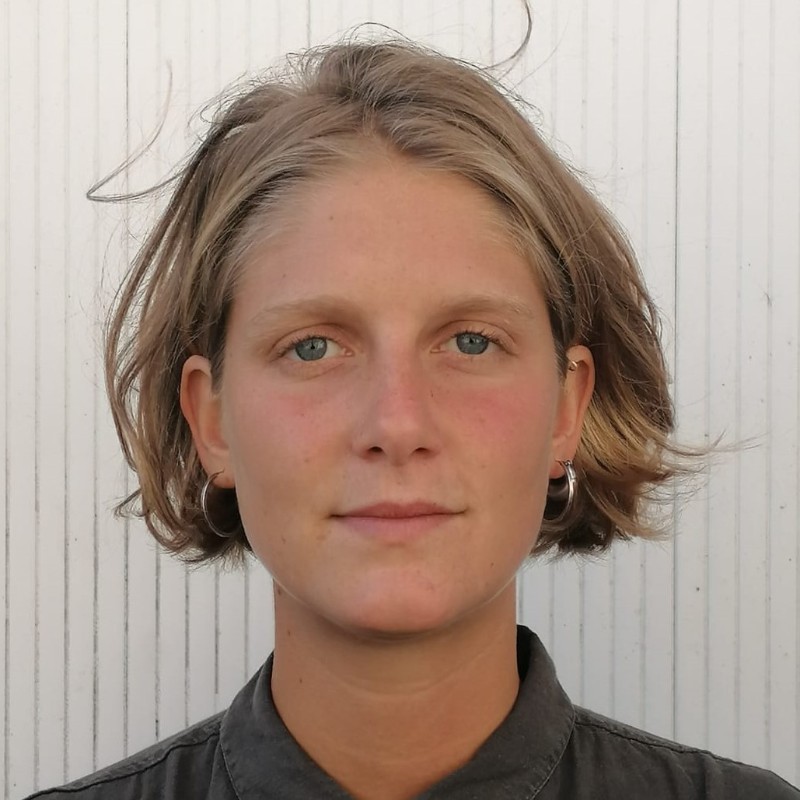
Elena Gazzarrini
Elena holds a MSci degree in Physics from King's College London and is a Fellow in the CERN IT department since 2021. Her work focuses on driving the EU-funded Virtual Research Environment (VRE) project, a platform to facilitate Particle Physics and Astrophysics analyses. She deploys and maintains a K8s Rucio instance for the project's data management framework, accessible by scientists form the Rucio jupyterlab extension. Her contributions to the Rucio code were therefore mainly targeted at the jupyterlab extension, along with enabling access to Rucio from Reana, CERN's reproducible analysis platform.
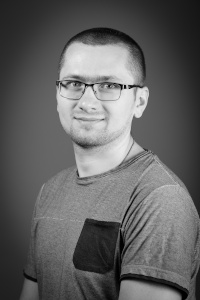
Radu Carpa
Radu joined CERN in early 2021. He is a developer in the rucio core team and focuses on replica lifecycle (Upload/Download, Transfers, Listing, Deletion) and on Kubernetes operation. Radu holds a Master's in Computer Networks and Systems from Université Claude Bernard Lyon 1; and a PhD in Computer Science from École Normale Supérieure de Lyon. Before joining CERN, he worked as Site Reliability Engineer at Criteo and at Booking.com.
Igor Mandrichenko
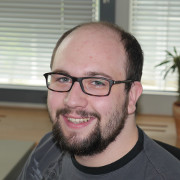
Benedikt Ziemons
Benedikt Ziemons joined the Rucio project in 2020 as part of CERN's technical student programme for the ATLAS team. He completed his Bachelor of Science degree at the University of Applied Sciences in Aachen, Germany. Before working on Rucio, he already had experience as a software developer. Furthermore, he is involved in several other free software projects.
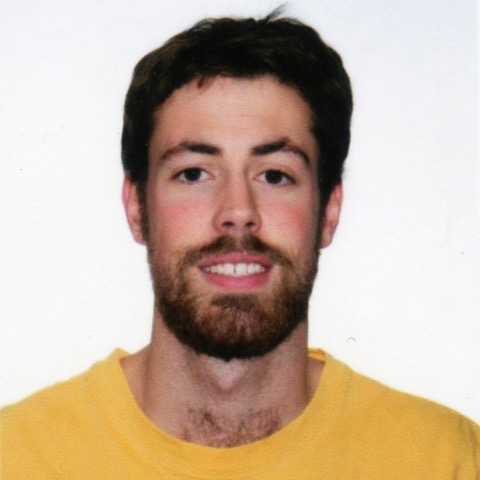
Enrique is a CERN IT fellow working for EU-funded projects, from where the Virtual Research Environment (VRE) project started. He contributes to the Rucio jupyterlab extension, plugin used by the VRE analysis facility to access the ESCAPE data lake. He holds a degree in Physics from Universidad Autonoma de Madrid, and a MSc in Astrophysics from Universidad Complutense de Madrid.
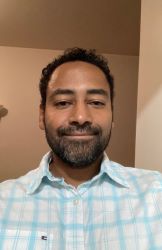
Eraldo Junior is a Site Admin at the Brazilian Center for Research in Physics (BR) and the deputy manager of the WLCG Regional Operating Centre in Latin America. He began his contributions at CERN in 2015 and worked as a software developer on a private Platform as a Service (PaaS) for the Worldwide LHC Computing Grid (WLCG) called the SIMPLE Framework. In early 2021, he joined the ATLAS DDM and Rucio development team. Currently, he is working on the development of the Rucio Web UI.
A full list of former team members and contributors can be found in our repository.